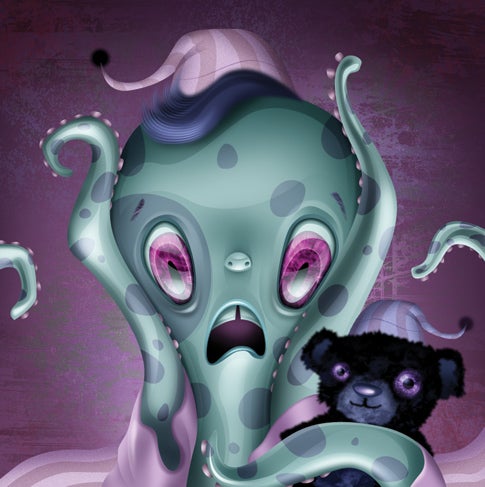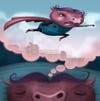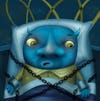French philosopher Gaston Bachelard wrote in 1960 that “sleep opens within us an inn for phantoms.” Recent research agrees, finding that some sleepers shriek or even gorge themselves without knowing it. These sleep-disorder sufferers experience neural glitches that mix conscious and unconscious states. Scientists are now searching for the physiological underpinnings in hopes of developing better drug therapies.
Launch our gallery of the most bizarre parasomnias here.
Instant Expert: Launch Your Quick and Easy Primer on Just About Everything at popsci.com/instantexpert.
Lucid Dreaming
Lucid dreamers’ brains stay conscious during REM sleep, allowing them to control their dreams’ content. Recent electroencephalogram evidence points to heightened activity in the region of the brain that processes self-awareness.
Night Terrors
Unlike nightmares, night terrors, which can cause someone to wake up screaming for no reason, occur in non-REM sleep when the brain is most quiescent. Your body activates the brain’s amygdala (its fear center), triggering a fight-or-flight response.
Sleep Eating
In the middle of non-REM sleep, some stimulus (anxiety, hunger, sleep apnea) partially wakes you. With lowered inhibition, possibly because of impaired functioning in your frontal lobes, you scarf down rich foods or disgusting “snacks,” like glue.
Sleep Paralysis
In normal REM sleep, neurotransmitters in your spinal cord prevent you from moving during dreams. When REM ends, their hold lifts. But if you wake too quickly, you may emerge mid-paralysis (often with dream-like hallucinations).
REM Sleep Behavior Disorder
People with this condition thrash around during REM sleep, reenacting their dreams (punching a bedmate, swatting flies). Some antidepressants can spark the reaction; so can drug and alcohol withdrawal. It’s often a precursor to Parkinson’s disease. Instant Expert: Launch Your Quick and Easy Primer on Just About Everything at popsci.com/instantexpert.





